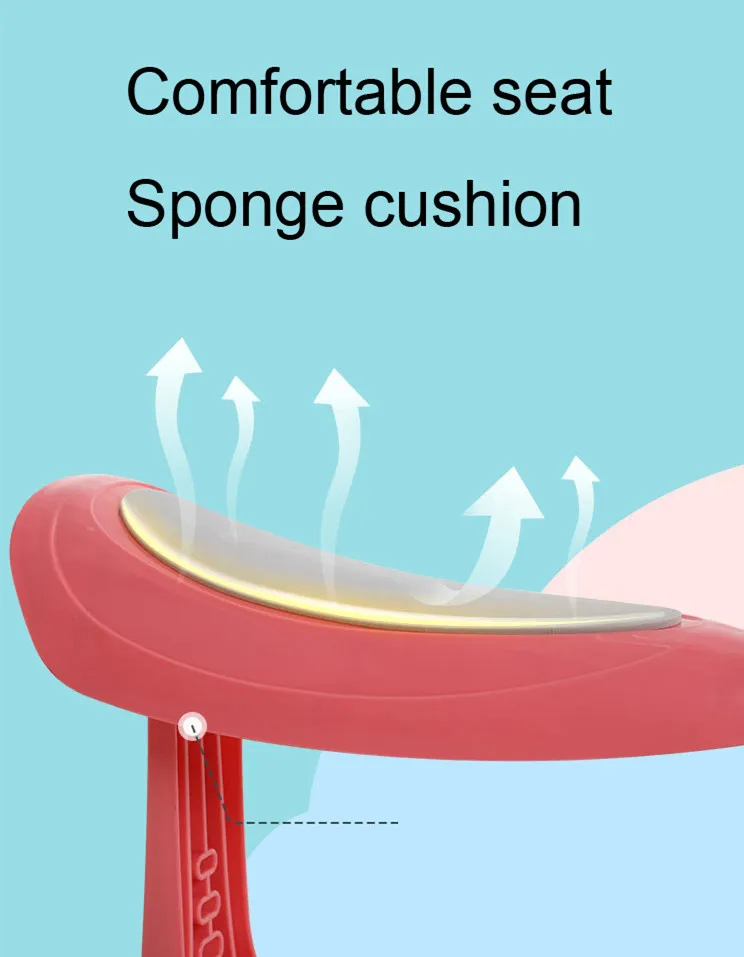childrens bike size guide
Choosing the Right Size for Children’s Bikes A Comprehensive Guide
Selecting the right bike size for your child is crucial for both comfort and safety. A properly sized bike not only enhances the riding experience but also helps prevent injuries. This guide aims to provide parents with the essential information needed to choose the perfect bike size for their children.
Understanding Frame Size
Bikes come in various frame sizes, typically measured in inches or centimeters depending on the manufacturer. The frame size is essential as it determines the overall fit of the bike. While different types of bikes (mountain, road, hybrid) vary in design, most have standard sizes that you can reference.
Heights and Age Groups
While age can be an approximate guide, height is a more reliable indicator for bike size. Here’s a general breakdown
- 12-inch bikes Suitable for children aged 2-4 years with a height of approximately 30-39 inches. - 14-inch bikes Best for kids aged 3-5 years, typically measuring 36-44 inches tall. - 16-inch bikes Ideal for 4-7-year-olds, or those 38-48 inches tall. - 20-inch bikes Designed for children aged 5-10 years, suited for heights ranging from 42-54 inches. - 24-inch bikes Appropriate for 8-12-year-olds, or kids who are 54-62 inches tall. - 26-inch bikes These are generally suitable for teens or adults and typically for those over 62 inches tall.
Always refer to the specific manufacturer’s size chart, as measurements can vary significantly between different brands
.Importance of Stand-Over Height
The stand-over height is vital in ensuring your child can comfortably mount and dismount the bike. When your child stands over the bike, there should be about 1-2 inches of clearance for a kid’s bike and 2-3 inches for teens or adult bikes. This ensures safety in case they need to get off quickly.
Adjustability of the Seat
childrens bike size guide

The bike seat must be adjustable. When sitting on the saddle, your child should be able to touch the ground with the tips of their toes, ensuring they can maintain balance. If they cannot touch the ground, the bike is too tall, and if their legs feel cramped, the bike is too small. Regularly check the seat height as your child grows – many bikes allow for significant height adjustments.
Testing the Fit
When shopping for a bike, it’s beneficial to have your child test ride it. Here are some tips for evaluating the fit
- Balance Ask your child to stand over the bike and test if they can balance themselves comfortably. - Walking with the bike Let them walk alongside the bike with a lower seat to see if they feel at ease. - Braking Ensure they can easily reach the brakes. Ideally, your child should be able to grip the brake levers without excessive stretching or awkward positioning.
Consider the Type of Riding
Beyond size, think about the type of riding your child plans to do. If they primarily ride on flat surfaces, a lighter bike with thinner tires may be appropriate. Conversely, if they’ll be riding on rougher terrain, a sturdier bike with thicker tires may be necessary.
Safety Gear
Regardless of the bike size chosen, safety gear affects your child’s overall riding experience. Always ensure your child wears a correctly sized helmet, knee pads, and elbow pads. Teach safe riding practices and establish rules, such as riding in safe areas and obeying traffic signals.
Conclusion
Choosing the right bike size for your child is an essential step in fostering a safe and enjoyable cycling experience. Always prioritize comfort, safety, and the type of riding your child will engage in. By following this guide and regularly checking the fit as your child grows, you’ll ensure that they develop a lifelong love for cycling—a rewarding and healthy activity that encourages outdoor exploration and physical fitness. Happy cycling!
-
kids-scooter-tiny-olympic-games-scooterathlonNewsAug.22,2025
-
kids-scooter-waves-xingtai-zhongzhous-global-rippleNewsAug.22,2025
-
baby-tricycle-oem-legacy-zhongzhou-forgedNewsAug.22,2025
-
xingtais-twin-tricycle-revolution-siblings-ride-togetherNewsAug.22,2025
-
baby-tricycle-design-inspired-by-ancient-armorNewsAug.22,2025
-
nfc-chip-enabled-oem-baby-tricycle-trackingNewsAug.22,2025
-
The Perfect Baby TricycleNewsAug.11,2025








